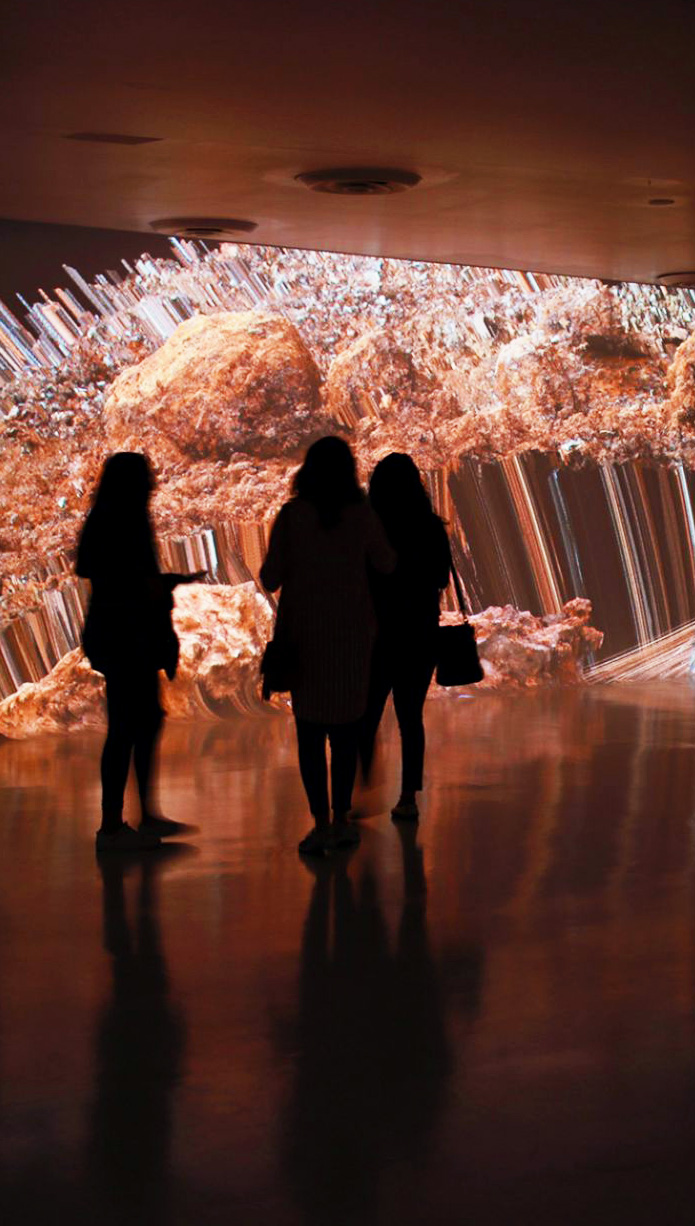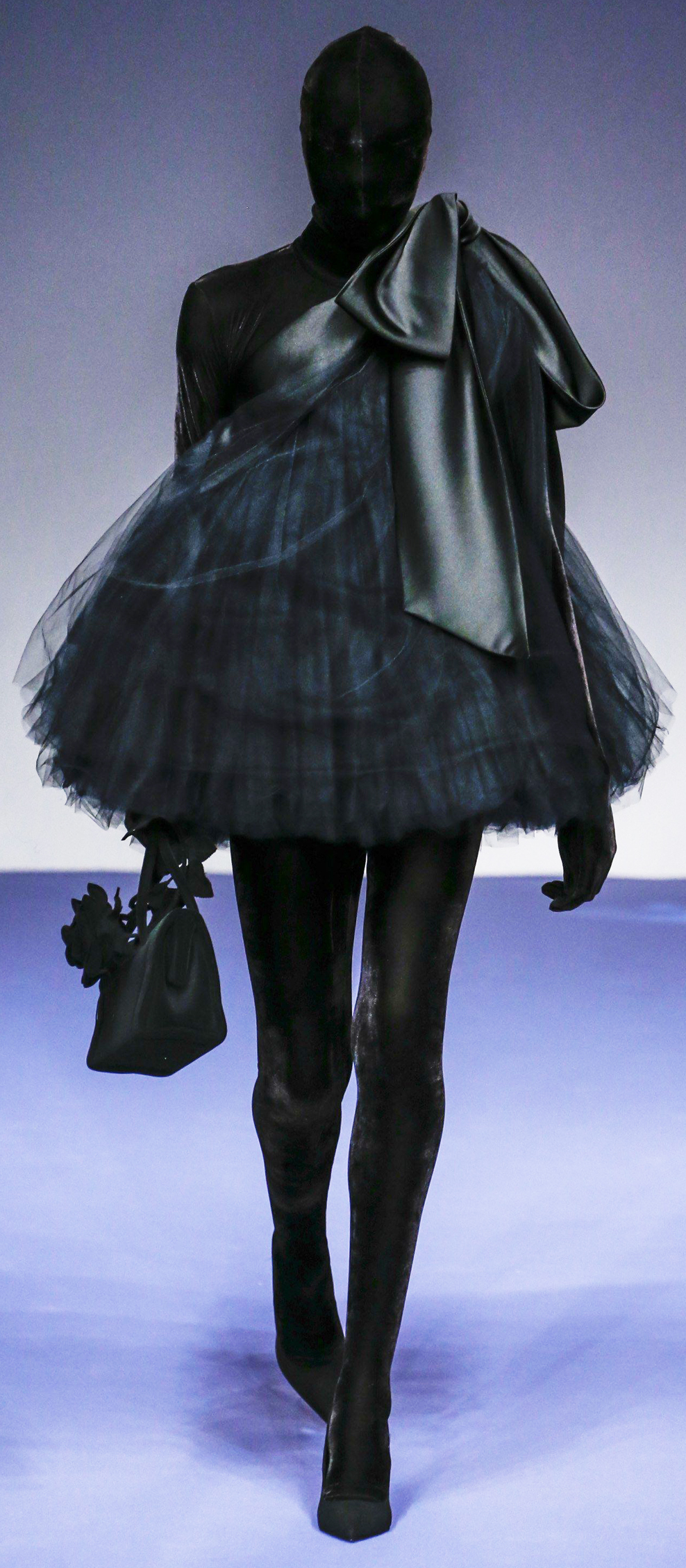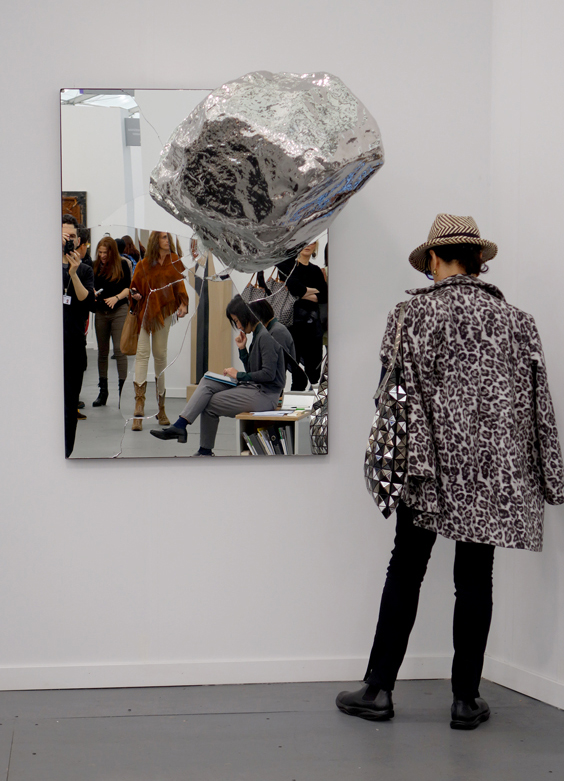
François Quévillon
Pyroclastic Trails
The work shows volcanic rocks rising from the ground that create trails of pixels. The layering of tezontle is generated by a software by modifying the size, speed, trajectory and selection of rocks from a database of photogrammetric 3D scans. Made in November 2019 in collaboration with UNAM’s Instituto de Geografía during a residency for Connecting the Dots, the work is related to research on the impact of mining activities in extinct volcanoes of Sierra de Santa Catarina located south of Mexico City. The video also shows Orbiting Bauxite and 3542 of the Meteors body of works.








